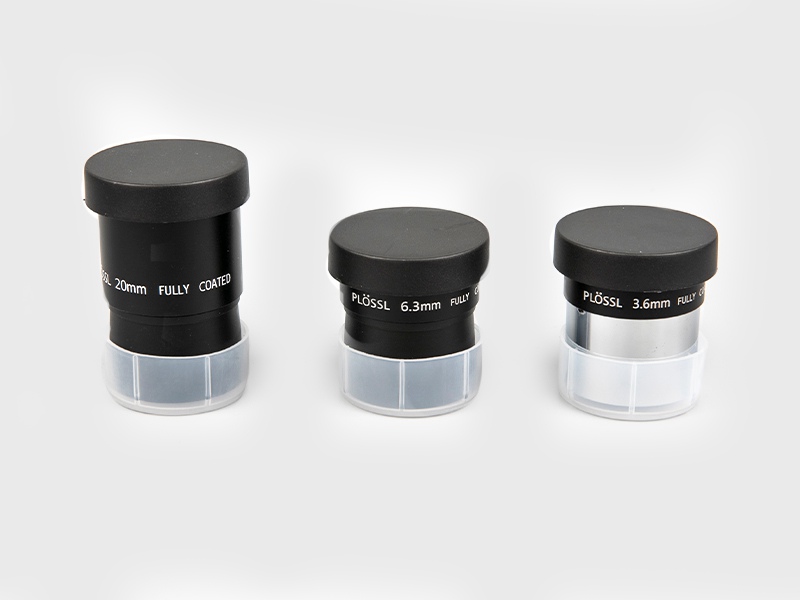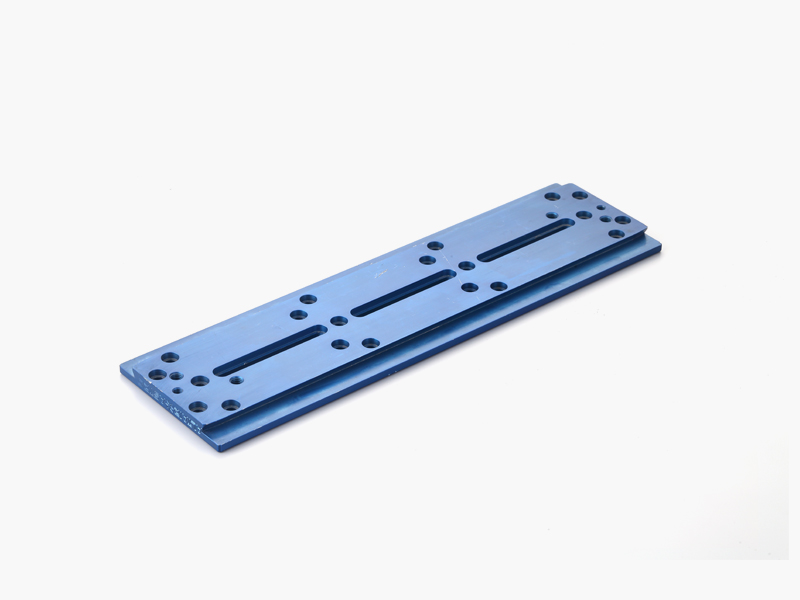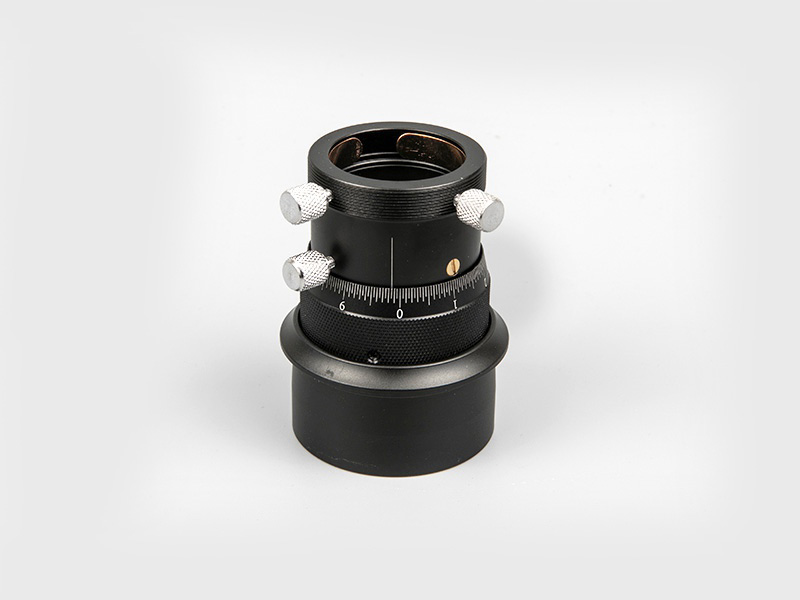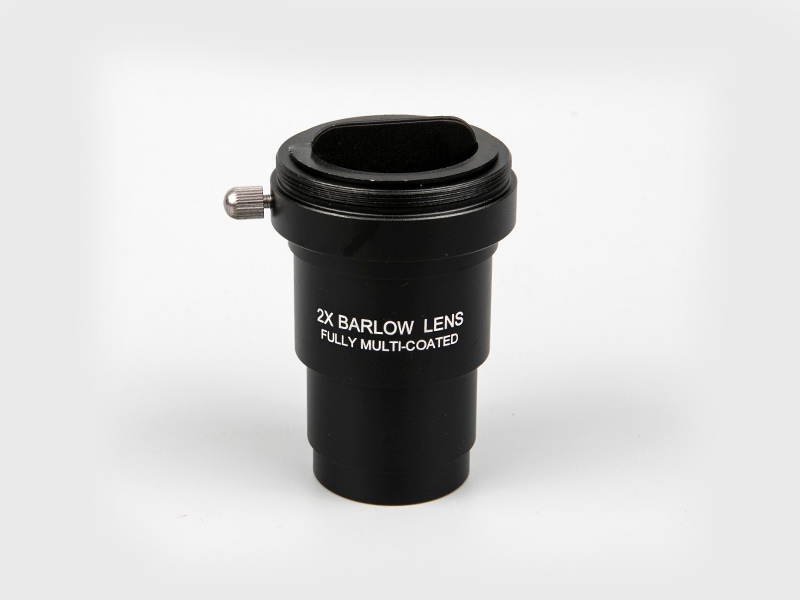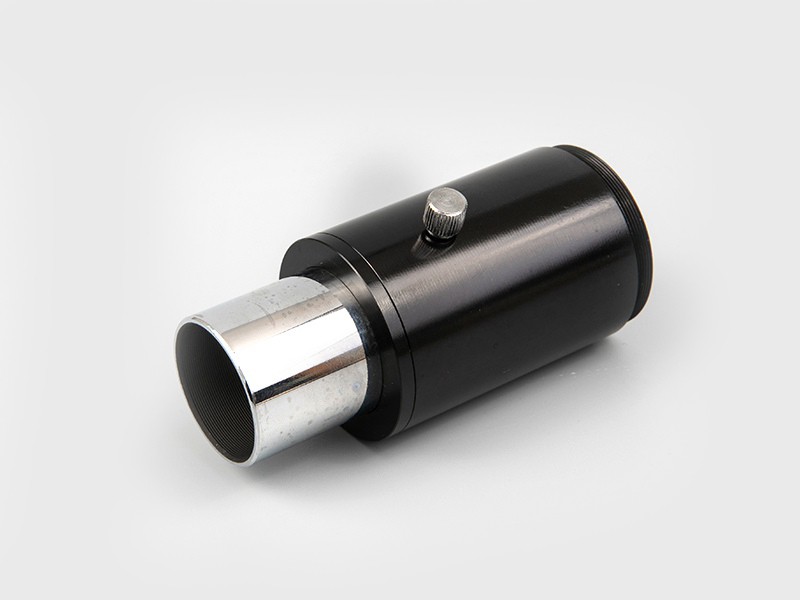Due to variable factors, the term "field of view" usually has two meanings, and it always means only one of them.
The real field of view is the angular size of the real sky that can be seen through the eyepiece when a certain telescope is used, due to the specific magnification effect, and its range is usually between 0.1 degrees and 2 degrees. The visual field is a constant value for all the eyepieces being measured, ranging from 35 degrees to over 80 degrees. It itself is obviously an abstract value, but the real field of view can be measured by the magnification obtained by combining the telescope and the eyepiece. The field of view of the eyepiece is usually marked as the characteristic of the eyepiece, providing users with a convenient method to calculate the real field of view when used on their own telescope. Users of eyepieces usually need to calculate the real field of view, because this indicates the size of the sky that can actually be seen when the eyepiece is combined with the telescope. The most convenient way to calculate the real field of view depends on whether you know the field of view. If the visual field is known, the real field of view can be calculated by the following approximate formula:
FOVC is the real field of view, and the unit of measurement is the angle unit provided during FOVP. .FOVP is the visual field. mag is the magnification. fT is the focal length of the telescope. E is the focal length of the eyepiece, which is marked with the same measurement unit as fT. The focal length of a telescope objective lens is the value of the aperture of the objective lens multiplied by the focal ratio. It represents the distance at which the mirror or lens gathers light on a point.
The accuracy of this form can be within 4%, or the field of view of 40° is good, and the error at 60° is 10%. If you don't know the field of view, the actual field of view can be estimated using the following method: FOVC is the actual field of view, with degrees as the unit of calculation. d is the diameter of the eyepiece field stop in mm. The focal length of an fT telescope, in mm. The second formula is more accurate than the first, but most manufacturers usually do not tell the size of the visual field stop. If the field of view is not flat or the design angle is greater than 60° for ultra-wide-angle eyepieces, the first formula will be inaccurate.
The smallest standard barrel diameter is 0.965 inches (24.5mm), but it has almost been abandoned. The telescopes that still use this tube diameter are either products in toy stores or inferior telescopes that are usually only found in shopping malls (hypermarkets). Many of the eyepieces on this type of telescope are made of plastic, and some even the lenses are made of plastic. High-quality telescopes no longer have eyepiece sizes. Most eyepieces have a barrel diameter of 1 inch (31.75mm). The practical upper limit of the focal length of this barrel diameter eyepiece is about 32mm. For eyepieces with longer focal lengths and eyepieces with a focal length longer than 32mm, the edge of the tube diameter limits the field of view to 50°, and most amateurs think this is the smallest acceptable field of view. This cylindrical spiral can be inserted into a 30mm filter.
Eyepieces with a diameter of 2 inches (50.8 mm) are often used. The focal length limit of a 2-inch eyepiece is about 50mm, and a tube diameter larger than 2 inches (50.8 mm) mainly helps to extend the limit of the eyepiece focal length. Such eyepieces are usually expensive and may be heavy enough to overturn the telescope. The spiral of this eyepiece is suitable for a 48mm filter (or 49mm). The eyepiece of the microscope uses mm as the unit. The standard tube diameters are 23.5mm and 30mm, both of which are smaller than the tube diameter of the telescope.
The eye needs to view the image formed by the eyepiece within a certain distance behind the eyepiece. This appropriate distance is called the eye-fitting distance. A larger eye distance means that the better the quality of the eyepiece, the easier it is to see the image. However, if the eye-fitting distance is too large and the eyes must be kept in the correct position for a long time, it will cause discomfort to the eyes. For this reason, some eyepieces with long eye-distance have an eyecup cup design behind the eyepiece lens, which can help the observer to observe the target at the correct distance for a long time. The size of the exit pupil should match the size of the Ramsden disc. In the case of an astronomical telescope, the image of the entrance pupil corresponds to the size of the objective lens.
The typical range of suitable eye distance is between 2mm and 20mm, depending on the structure of the eyepiece. Long focal length eyepieces usually have a relatively generous eye distance, but short focal length eyepieces have a problematic eye distance. Until recently, this was still quite common and common, with short focus eyepieces having a shorter eye distance. A good design guide suggests that the eye distance should be at least 5-6mm to avoid discomfort caused by eyelashes. Modern design can add many lens elements, which not only improves this aspect, but also makes observations at high magnification more comfortable. Especially for observers with glasses, they need a distance of at least 20mm to accommodate their glasses.
Main design
Technology has improved over time, and there are currently many eyepieces of different designs that can be used for optical telescopes. They change the position of the internal lens, and different designs are sometimes more suitable for more than two different types of observations and different types of telescopes.
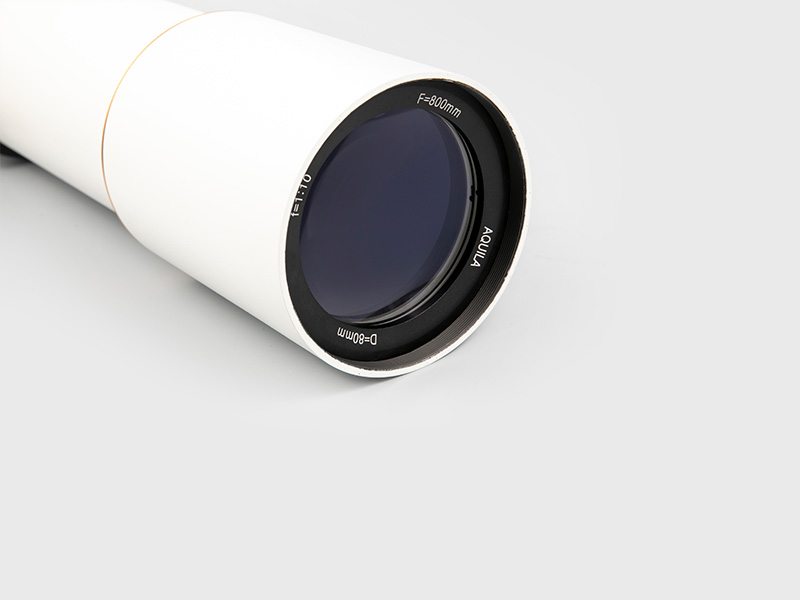

 English
English 日本語
日本語 Deutsche
Deutsche España
España
